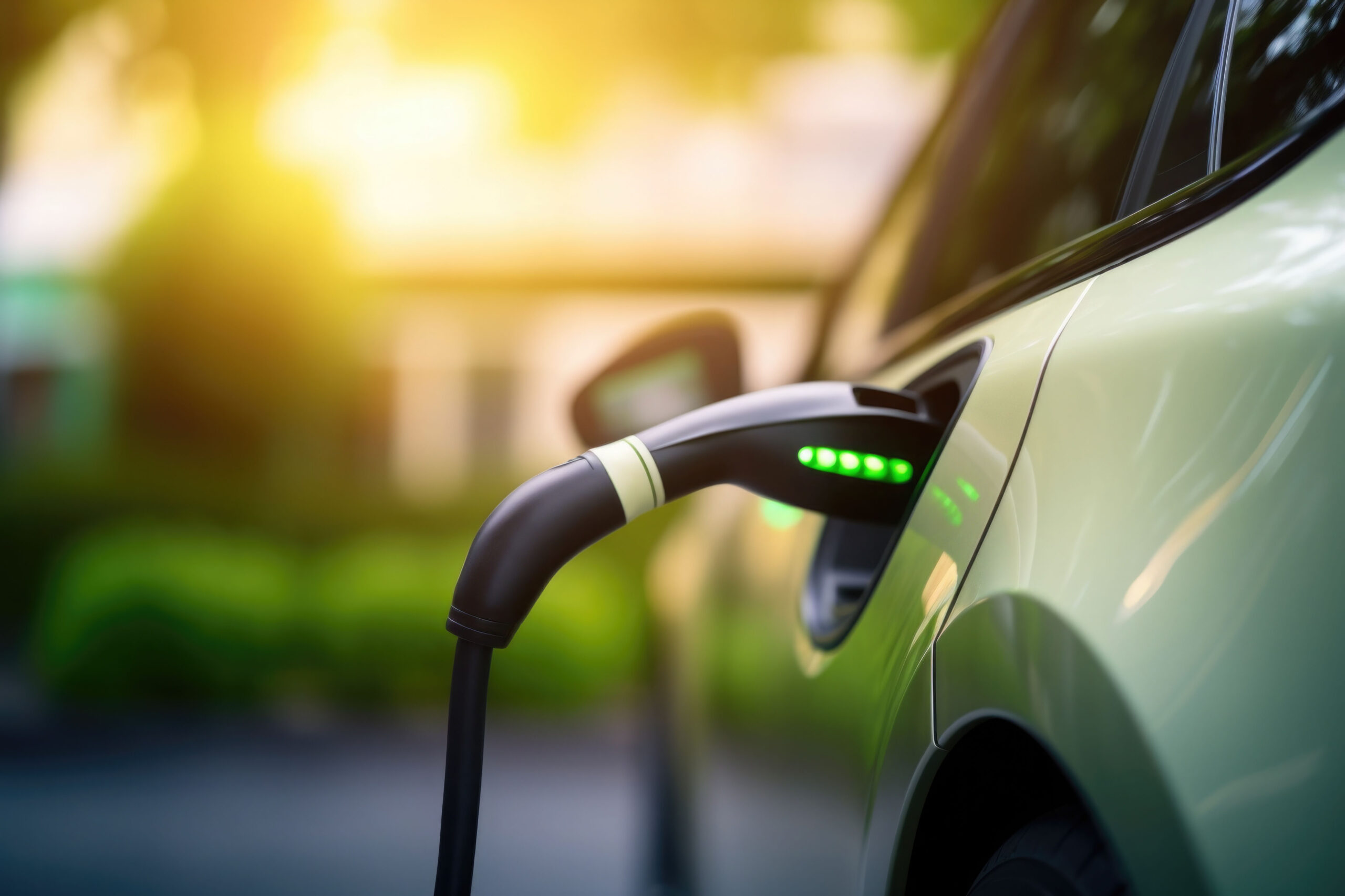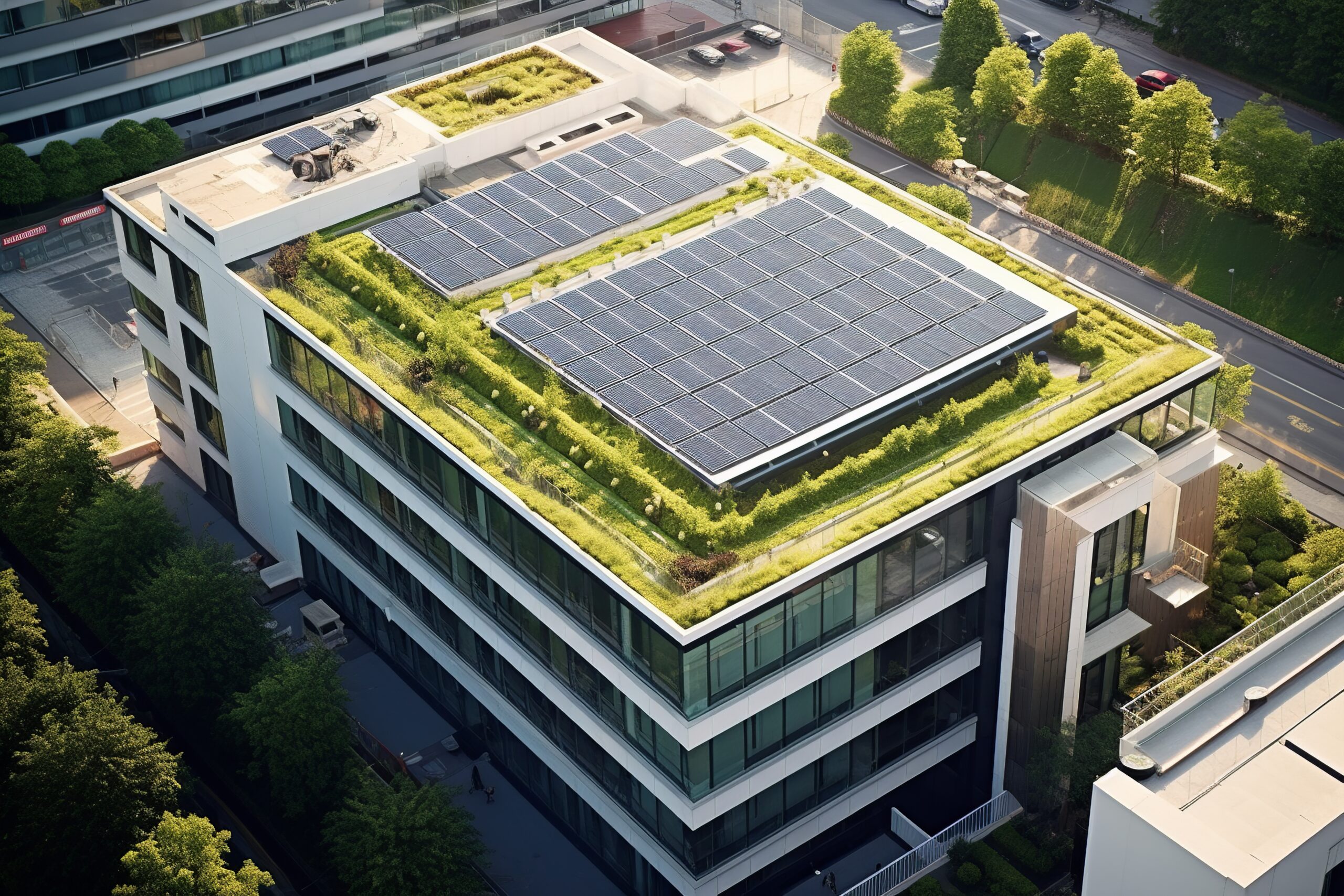
Energy monitoring, cornerstone of energy efficiency
Applying the latest information and communication technologies to the energy sector will eventually improve energy efficiency and foster the transition towards smarter energy. This tech hybrid can take the form of energy monitoring and paves the way for a whole host of potential advances: optimized final user consumption, improved management of the grid through data processing, creation of smart neighbourhoods and cities… Empowering final users through bidirectional energy practices will improve the system’s overall efficiency. Such innovative solutions will benefit not only final users, but also grid operators, who will be able to fine-tune their grid oversight.
User empowerment through monitoring
Whether in individual homes or collective buildings, sensors and smart metres provide users with a global picture of their energy consumption. Using their smartphone, tablet or computer, anyone can visualize and manage their energy use. Ijenko is currently working on a smart heating solution relying on a multi-device platform which enables users to gain awareness of and control their heat consumption, thus keeping their homes warm at the lowest possible cost. The Ijenko[1] platform works on two levels by monitoring and controlling communicating devices[2] : on the one hand, the aggregated data generated by smart metres provide a snapshot of a building’s energy ecosystem; on the other hand, connected devices can be set up to increase energy efficiency.
Energy monitoring is already embodied in a series of practical solutions: the OpenWay Riva platform by Itron, which helps manage the new bidirectional dynamics within smart grids, Nest’s home automation systems, which help users visualize and efficiently manage energy use, Energeasy by Rexel… The increasing presence of connected devices in buildings is gradually becoming the backbone of user empowerment and horizontal energy use. The Internet of Things (IoT) helps users monitor their energy use and become active consumers; empowerment through monitoring is thus at the heart of energy efficiency. According to a 2013 Idate study, there will be 80 billion connected objects worldwide by 2020, to be compared with 15 billion now[3]. Be it through Bluetooth or Wifi, these hitherto non-communicating objects will become valuable sources of information for users.
Besides, user-specific consumption data can be passed on to operators (feedback). Energy distribution therefore becomes a retroaction loop which constantly improves the system’s overall efficiency.
More efficient grid management
The big data[4] generated by smart objects and sensors sheds light on the key features of a building’s energy consumption. A 2015 Institut Montaigne report emphasizes the potential benefits of this increasing integration of objects of our daily lives into the internet: “The IoT and Big Data pave the way for an increasingly interconnected world, where people, data and objects will be linked to one another within a global digital ecosystem”[5].
Aggregating and processing the data collected in an eco-neighbourhood or a smart city through the internet of things will enable operators to better monitor the system. Gaining knowledge of overall consumption patterns and interacting with users will help operators fine-tune their distribution system, especially during peak hours. Connected objects are key in making energy consumption and management autonomous and will be an essential component of the city of tomorrow. While the IoT will foster the rise of smart buildings, smart grids will horizontalize energy consumption locally: combining these two trends will make smart cities a reality.
The digital economy creates value by connecting a “multitude”[6] of objects with one another; this will also generate positive externalities in the energy sector. The more users rely on connected objects, the more effective these objects are in promoting energy efficiency. Just like the internet 2.0 uses algorithms to process personal data and improve user experience, Big Data from the “multitude” of objects connected to smart grids will create an accurate picture of energy consumption patterns. This will in turn help anticipate energy use, peak and off-peak hours. In other words, this Big Data will be turned into smart data which will contribute to developing smart cities.
Energy monitoring is, in essence, a multi-scale process. Energy users are empowered, and so are operators. The latter can already better steer the grid and, above all, personalize energy use. Therefore, the convergence between the digital revolution and the energy sector does not create a separation between vertical and horizontal dynamics: rather it takes the form of a hybrid which benefits all stakeholders.
[1] Interview of Fabienne Latxague ( Ijenko ). http://www.smartgrids-cre.fr/index.php?p=smarthome-ijenko
[2] The internet of things, towards a more efficient and productive society. Energy 3.0. 13/05/2015. Link : http://www.electrical-efficiency.com/2015/05/the-internet-of-things-towards-a-more-efficient-and-productive-society/
[3] “La croissance considérable de l’ « Internet of Things »”. Idate. 26/08/2013.
[4] Big data, an energy saving boon?. Energy 3.0. 20/05/2015. Link : http://www.electrical-efficiency.com/2015/05/big-data-an-energy-saving-boon/
[5] Big data et objets connectés. “Faire de la France un champion de la révolution numérique”. Institut Montaigne. Avril 2015.
[6] According to the concept theorized by Nicolas Colin and Henri Verdier in their book published in 2012, “L’âge de la multitude : Entreprendre et gouverner après la révolution numérique”. Armand Colin.

